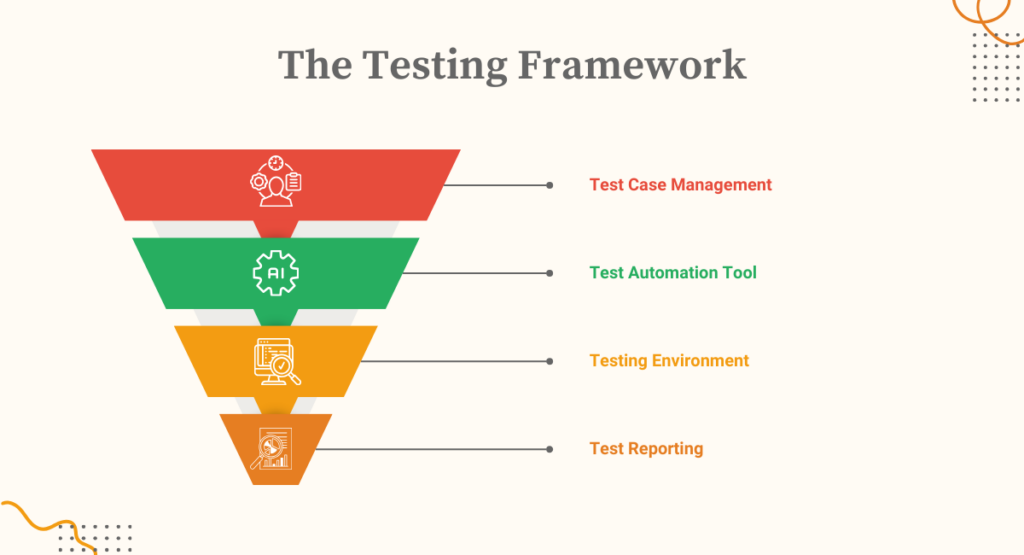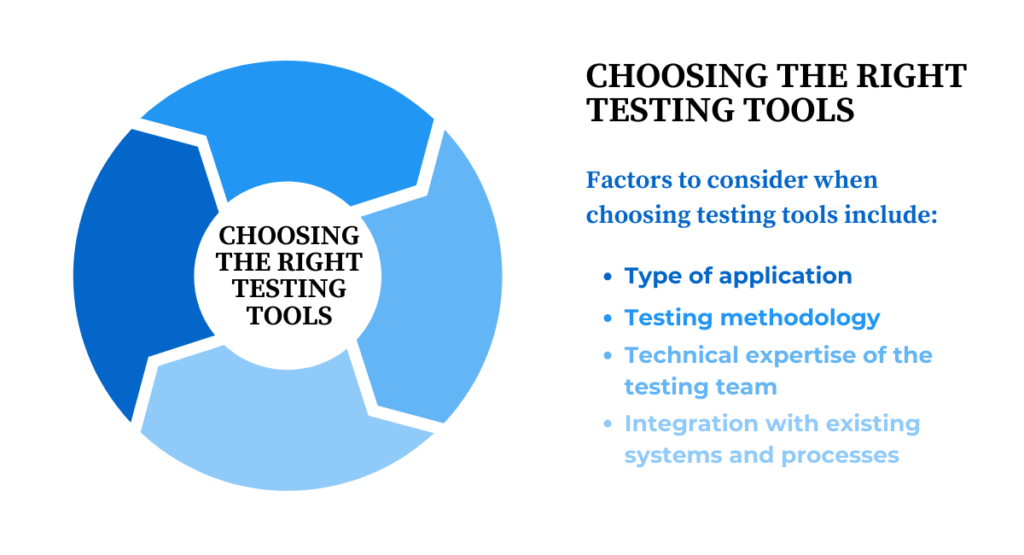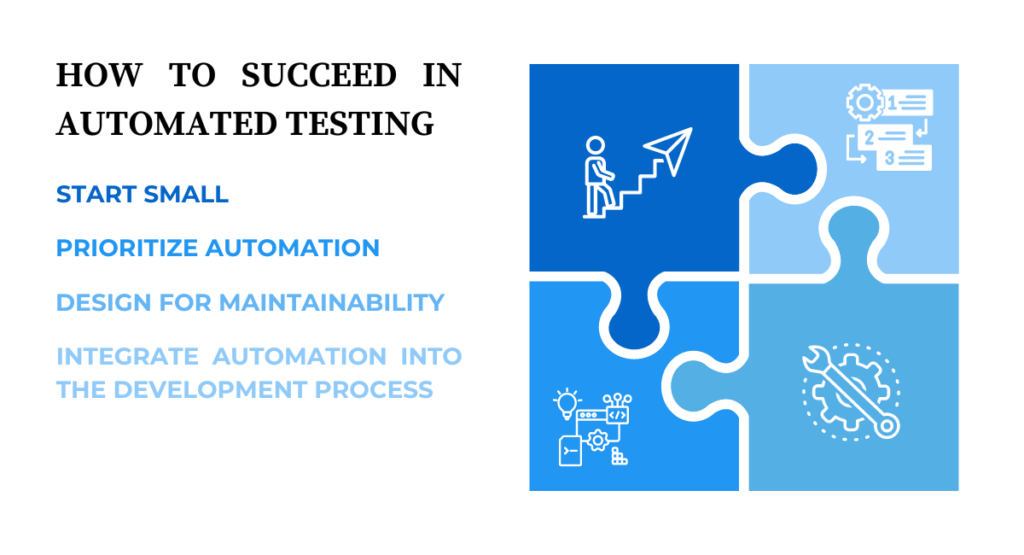The pursuit of high-quality, error-free code is paramount. In this quest, automated software testing emerges as a powerful ally for software developers.
This practical guide aims to illuminate the path for developers looking to harness the benefits of Automated Software Testing in their projects.
From enhancing efficiency and reliability to seamlessly integrating with development workflows, we delve into the strategies, tools, and best practices that make automated software testing an indispensable tool in the arsenal of any forward-thinking developer.
Join us on this exploration as we demystify the intricacies of Automated Software Testing and empower developers to elevate their code quality to new heights.
In 2022, the global automation testing market size reached USD 13.50 billion. Projections indicate a substantial growth trajectory, with the market anticipated to surge from USD 15.39 billion in 2023 to a remarkable USD 51.26 billion by 2030.
This forecast underscores an impressive Compound Annual Growth Rate (CAGR) of 18.8% throughout the forecast period.
Test Challenges in Automated Software Testing

The traditional manual testing approach, while valuable, often faces challenges in keeping pace with the rapid development cycles of modern software.
Manual testing is time-consuming, prone to human error, and can struggle to cover the vast array of test cases required for comprehensive software testing. Automated software testing emerges as a powerful solution to these challenges.
Automated testing utilizes software tools and scripts to execute test cases automatically, freeing up testers to focus on more strategic and complex testing tasks.
Automation enhances testing efficiency, reducing the time and effort required to validate software. It also improves consistency and accuracy, as automated tests are performed the same way each time, eliminating the possibility of human error.
The Testing Framework
To effectively implement automated testing, a structured approach is essential. Establishing a robust testing framework provides a solid foundation for creating, managing, and executing automated tests.
A well-defined framework ensures consistency, maintainability, and scalability of the automated testing process.
Key components of an automated testing framework include:

- Test Case Management: A system for organizing, documenting, and storing test cases.
- Test Automation Tool: A software tool that facilitates the creation and execution of automated tests.
- Testing Environment: A dedicated environment where automated tests are executed without impacting production systems.
- Test Reporting: A mechanism for generating comprehensive test reports that provide insights into test results and identify potential issues.
Choosing the Right Testing Tools
The selection of appropriate testing tools is crucial for successful automated testing. A wide range of testing tools is available, each with its strengths and weaknesses.
Factors to consider when choosing testing tools include:

- Type of application: Web, mobile, desktop, or API
- Testing methodology: Functional, performance, or security testing
- Technical expertise of the testing team
- Integration with existing systems and processes
How to Succeed in Automated Testing

To maximize the benefits of automated testing, consider these practical tips:
- Start small: Gradually introduce automation, focusing on critical areas with high ROI.
- Prioritize automation: Identify test cases that are repetitive, time-consuming, or prone to errors.
- Design for maintainability: Create well-structured, modular test scripts that are easy to update and maintain.
- Integrate automation into the development process: Automate testing early and often, making it an integral part of the development cycle.
The landscape of automated software testing is constantly evolving, with new tools, techniques, and methodologies emerging regularly.
Book a Demo and experience ContextQA testing tool in action with a complimentary, no-obligation session tailored to your business needs.
Stay abreast of the latest trends and insights from industry experts to keep your automated testing approach current and effective.
- AI-powered testing: Artificial intelligence is transforming software testing, enabling more intelligent test case generation, defect detection, and risk assessment.
- Continuous testing: Continuous testing integrates automated testing into the development pipeline, providing real-time feedback and ensuring rapid identification and resolution of defects.
- Cloud-based testing: Cloud-based testing platforms offer scalability, flexibility, and cost-effectiveness for running automated tests.
Automated software testing has become an indispensable tool for software developers, enabling them to deliver high-quality products with greater efficiency and consistency.
By embracing automation, developers can streamline the testing process, reduce the risk of bugs, and ultimately enhance the user experience.
As the software landscape continues to evolve, automated testing will remain at the forefront, empowering developers to build and deliver exceptional software solutions.
You may also be interested in: Test Automation Services: The Key to Software Testing Success
